When you are looking to progress with a project, one of the more important things to look at is the risk of completing on time, within budget having all of the materials available to be able to complete the project. This is called the risk analysis (or risk management) part of the project. By limiting the amount of risk that you are taking, you are improving the quality of the planning that is taking place.
Thankfully if you are using rail business intelligence software you have a range of tools available to help you make decisions and analyse the amount of risk your project has.
By building different versions of your project simultaneously and changing a small number of values, you can see how these changes would make a difference in your overall planning of the project. Without creating hundreds of different versions manually, you can use specialised business intelligence tools to do this for you.
Running Simulations On Your Data
When utilising simulation models for your project data, you can look at the effect that specific conditions may have on your project. By running a simulation (such as the Monte Carlo simulation), you can see how changing a variable can change the outcome of your rail project planning.
A simulation is a virtually run project using your previously chosen data and variables to provide you with a look at possible outcomes of your project. By looking at the results of the simulation (and the different types of simulations that can be run on your project), you can tweak and refine how your project is managed and look at different wants to spread the cost, the workload or plan for possible delays at any section of the work being completed.
For a deeper look into what a Monte Carlo simulation is, check out our “What Is A Monte Carlo Simulation” article.
How does a simulation help in risk management?
By running a simulation you can identify how changes in material price, a delivery timeline or worker availability would make changes to not only the overall timeframe to complete your rail project but also the impact that this would have on the cost of your project too.
Simple things may cause larger changes in an overall project (such as a 1% increase in the overall material costs, or a 3-day increased lead time in production). Business intelligence tools allow you to view the overall impact these small changes may have.
How does business intelligence help with risk analysis in project management?
When you are using rail software business intelligence tools, you can look at how any change to your project would change other variables and pick the best outcome for your budget, for your timeframe or look at the other options available to you when planning a rail upgrade or maintenance project.
If you want to learn more about how our team can help you plan your rail project using our business intelligence software, get in touch with one of our team here for more information.
